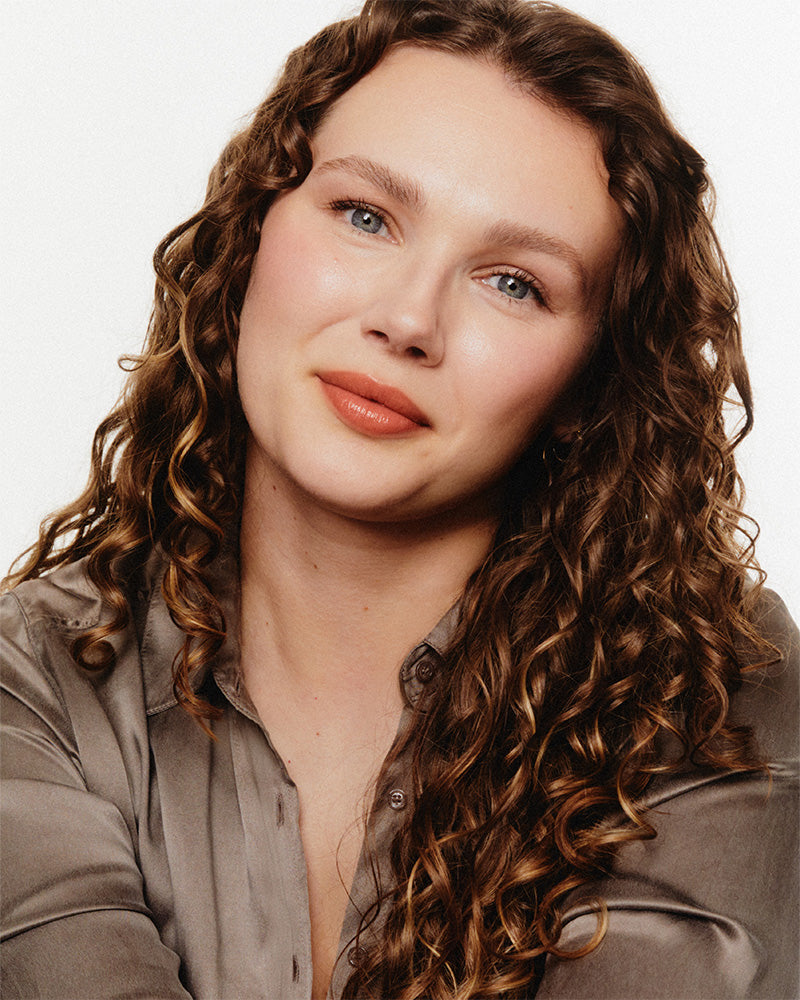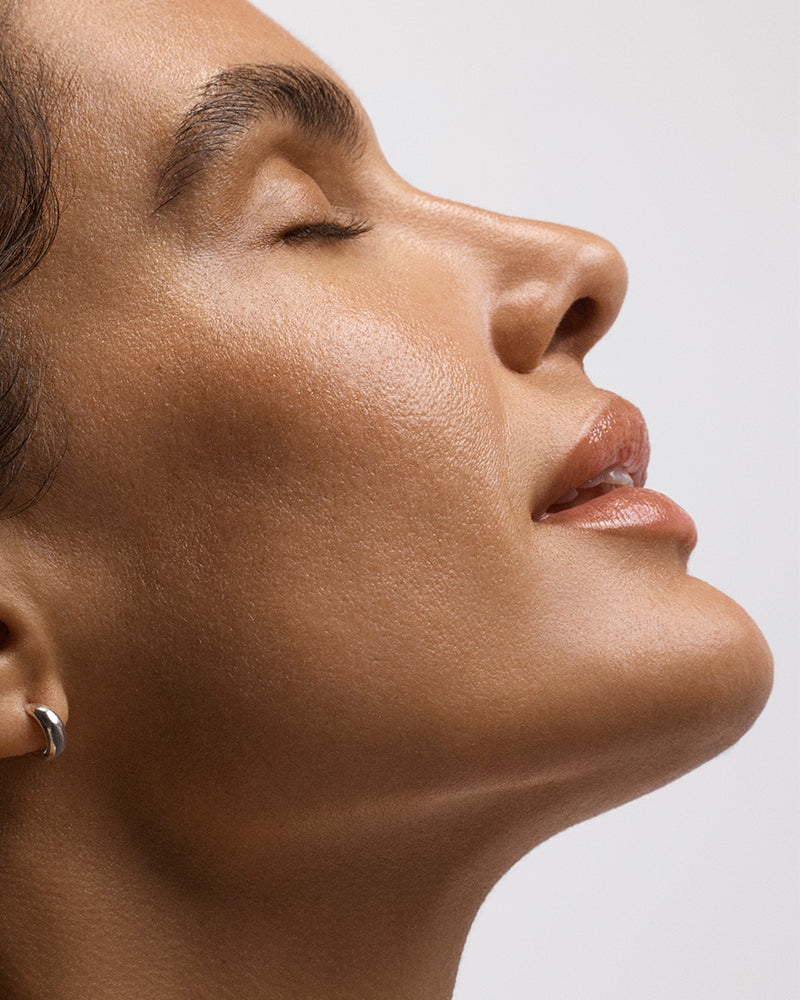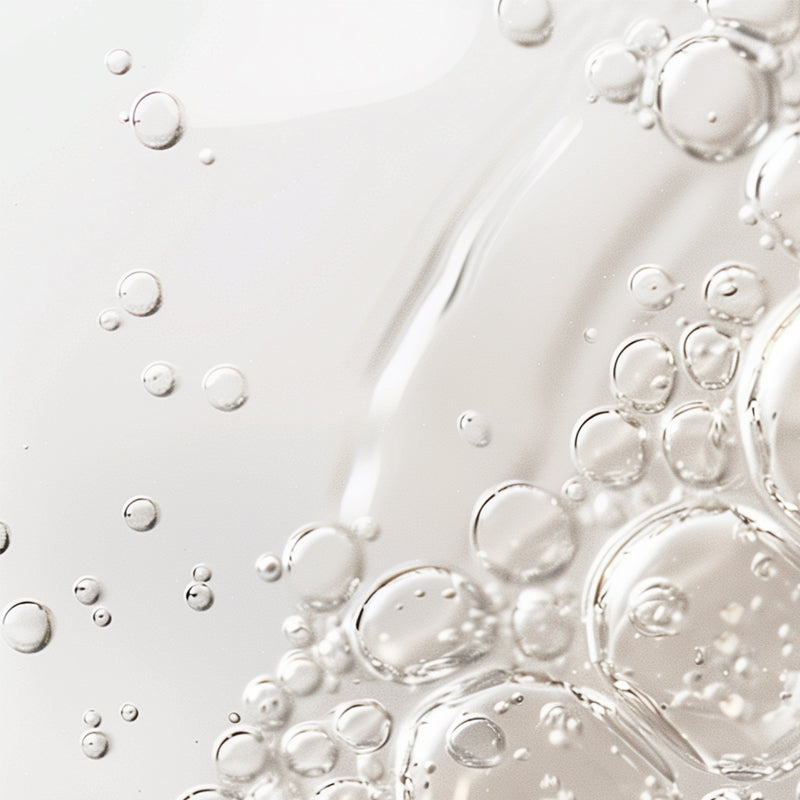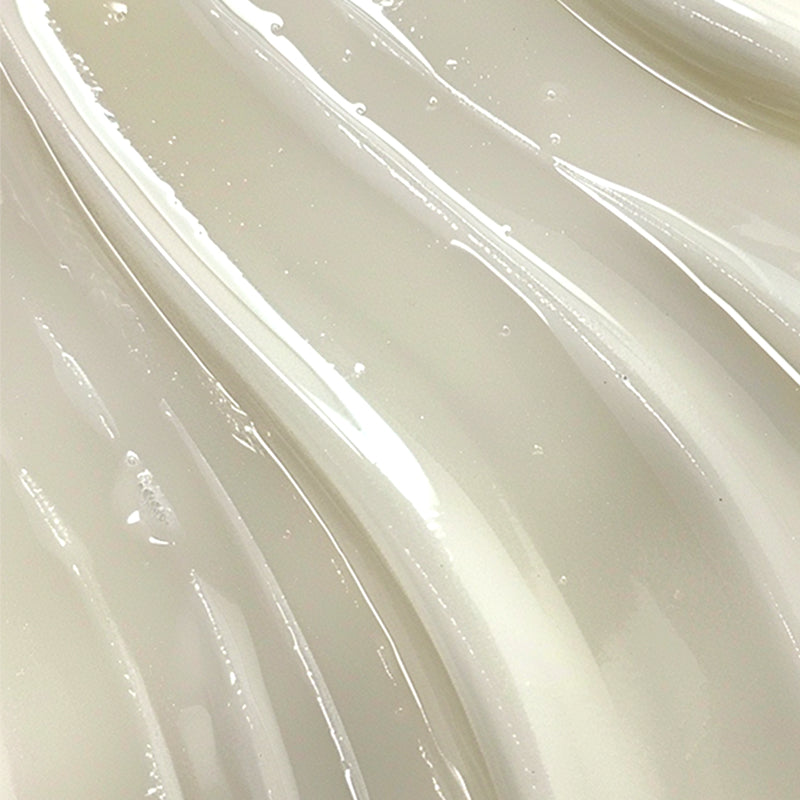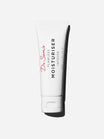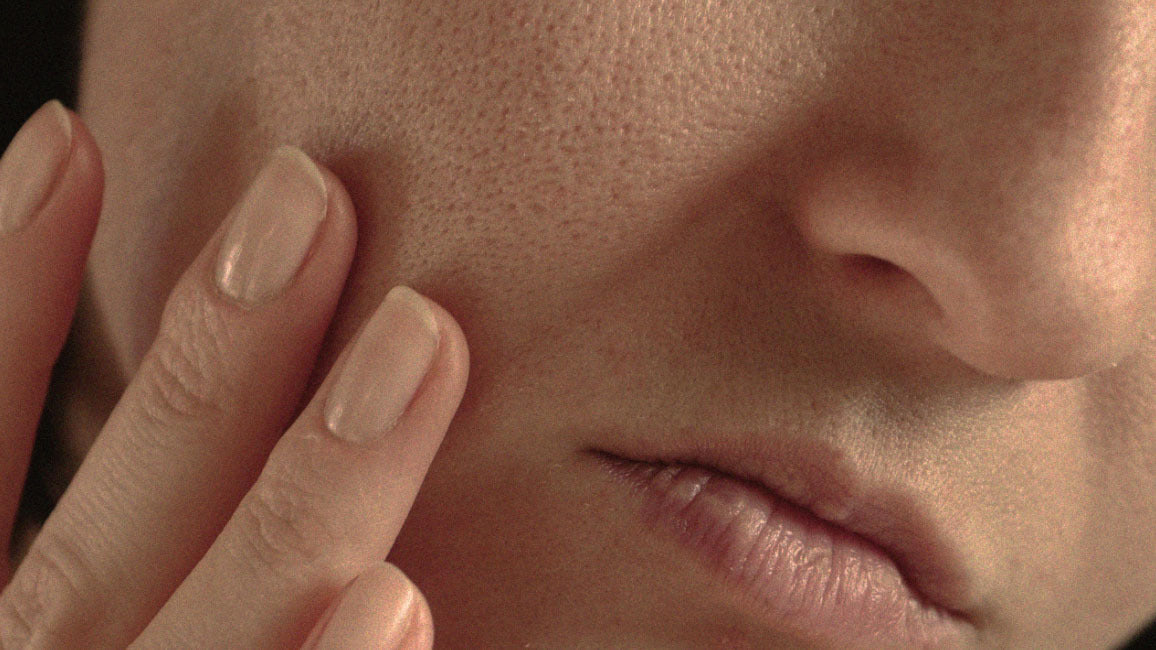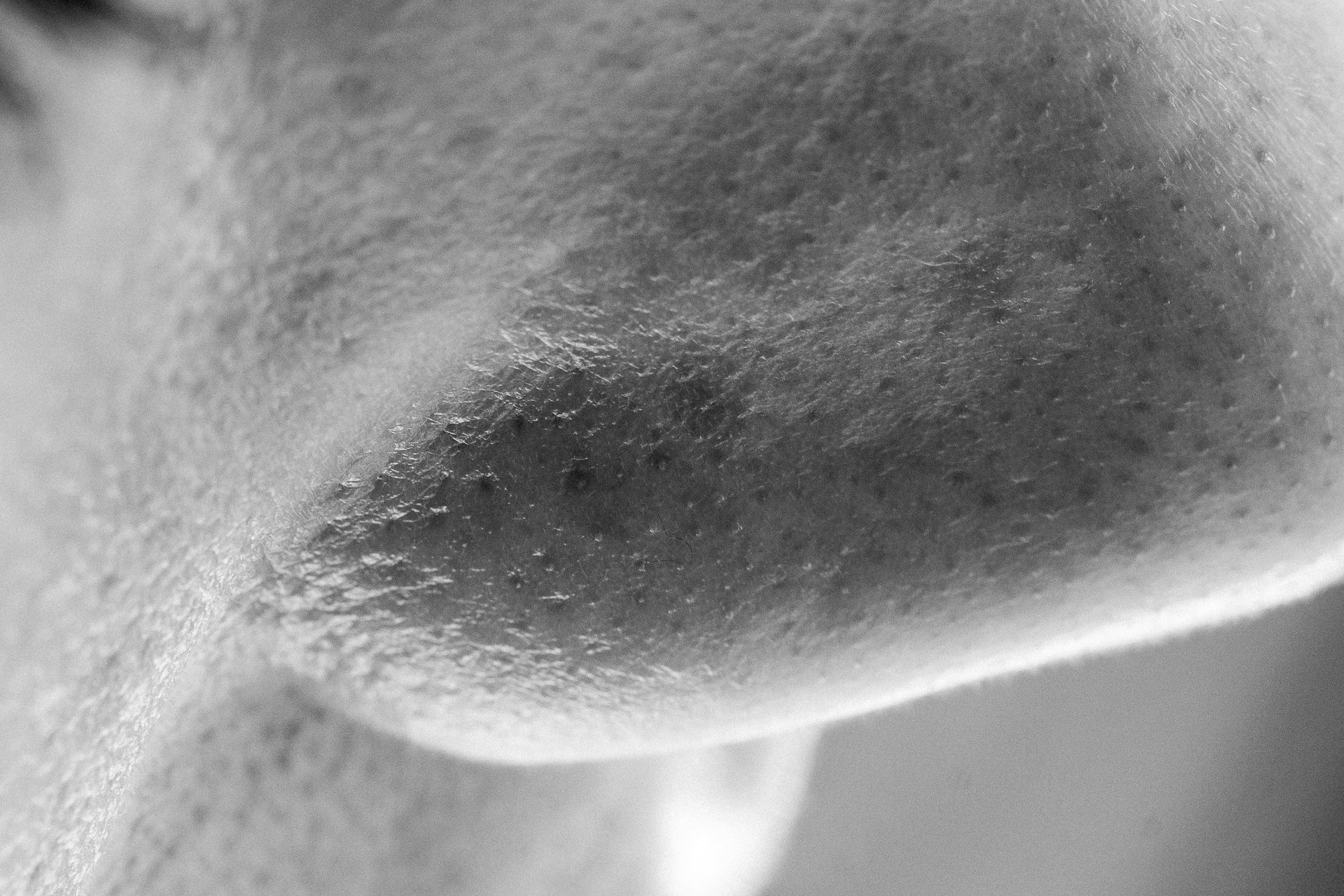So we’re digging into pores.
We’ve discussed pore enlargement prevention. We’ve discussed which Actives protect against enlargement. What about more heavy duty approaches? Tablets? Procedures? Are they even worth putting in this degree of effort?
So decreasing oil traffic does tend to reduce pore size. For many of you, you’ll notice that your T-zone shine tends to be worse before your period. I know mine is. So it shouldn’t surprise you that certain types of hormonal contraception reduce oil production. Certainly patients coming off the Combined Pill often notice this.
Treatments for Big Pores
Medications that reduce oil production include Spironolactone and Cytoproterone acetate, which have an androgen-blocking effect. And Roaccutane (isotretinoin), which reduces sebaceous gland size and activity directly.
Procedures for Big Pores
When it comes to considering procedures for pores, it’s important to consider that they are actually wider underneath than they are on the surface. So whilst ablative laser procedures, which stimulate the regeneration of the skin’s epidermis will promote collagen production and thicken the walls of the pores, they may reveal a wider neck.
Collagen Induction Therapy or medical microneedling, which we perform for patients in the clinic, is probably my favourite option, when it comes to trying to exert a positive impact on pores – there’s minimal surface disruption, so little downtime and it works well in combination with topical vitamin C and a retinoid. It’s also low risk, which I think is appropriate for pore treatment. They just don’t warrant aggressive measures “that might work”, which is the language I use for patients.
Conclusion
In the end, it’s really only worth considering medication or treatments to target bigger picture issues like acne with these types of modalities, in my view. If the pores happen to improve too? Think of it as a nice bonus.

